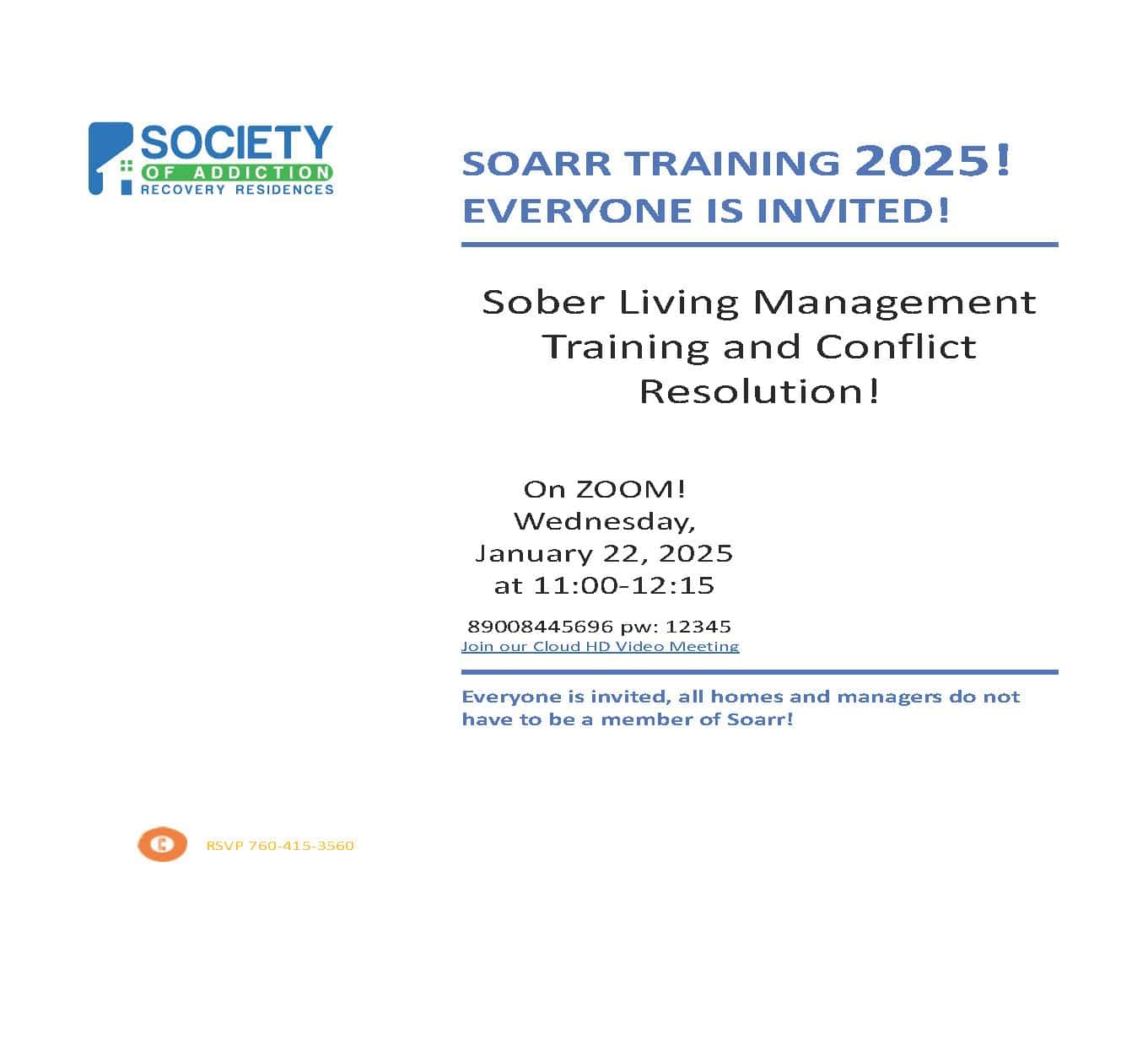For International Overdose Awareness Day on August 31, the San Diego County Administration Center lit up a beautiful purple, a sad reminder of the ongoing crisis and the lives lost to overdose.
San Diego County’s struggle with overdose deaths, however, shows signs of improvement, with new data offering a glimmer of hope. Accidental drug and alcohol overdose deaths in the region have decreased, according to statistics released Thursday. Local officials are hopeful that this marks the start of a positive trend, according to the San Diego Union-Trubune.
Fentanyl Continues to Drive Overdose Deaths
Fentanyl continues to drive overdose deaths. 1,203 people died from accidental overdoses in San Diego County, a 7.5% decrease from the previous year’s 1,300 deaths. Some experts believe this reduction signals that the surge in fentanyl-related deaths may be stabilizing. The data also shows a sharp drop in overdose deaths among teenagers, with fatalities falling from 15 in 2021 to just two in 2023.
The drug, both via prescription or bought on the street, remained the primary cause, present in 62% of overdose deaths. It accounted for only 16% of such fatalities just a few years ago, an alarming example of how quickly an overdose epidemic can spread.
Impact of Naloxone and Addiction Treatment
Officials attribute the decline in overdose deaths to increased access to naloxone, a life-saving medication that reverses opioid overdoses. Access to addiction treatment and law enforcement efforts also play a part.
Dr. Luke Bergmann, the county’s director of Behavioral Health Services, has emphasized that long-term progress will only come from addressing substance use disorder (SUD) in the community. He describes SUD as the community’s “most common chronic illness.
Overdose deaths in the region have more than doubled in recent years, from 645 in 2019 to 1,300 in 2022. Despite the recent decrease, these figures illustrate the human toll caused by the fentanyl crisis. Each of these humans was a member of the community.
Demographics of the Overdose Crisis
When it comes to overdose death, the data also reveals disparities in who is most affected. Last year, men were more than three times as likely as women to fatally overdose on fentanyl. The demographic of those men leaned young. The highest number of deaths occurred among men aged 26 to 35.
Certain areas of San Diego County, such as Balboa Park and Southcrest, recorded the highest rates of fentanyl-related fatalities. The homeless population was also severely impacted, with a 233% increase in drug overdose deaths over the last five years.
In 2023 alone, 419 unhoused people in the region died from overdoses.
Fentanyl, Methamphetamine, and the Dangers of Drug Mixing
Methamphetamine continues to be a significant factor in overdose deaths. Last year, meth was involved in nearly two-thirds of fatal overdoses in San Diego County. The combination of meth and fentanyl was responsible for 38% of all overdose deaths in the region.
Why are these deaths becoming so prominent? Because the mixture is dangerous, for one thing. The simultaneous use of meth (a stimulant) and fentanyl (a depressant) is hazardous. Meth can also mask the effects of an opioid overdose, preventing intervention and significantly increasing the risk of death. People who use both substances face a higher risk of overdose. They are also at risk for severe health issues such as heart failure and respiratory arrest.
San Diego Harm Reduction Efforts Expand
In response to the overdose crisis, San Diego County has ramped up its harm-reduction efforts. Initially, there has been a focus on increasing access to naloxone. Naloxone, sold under the brand Narcan, is available for free at 16 vending machines throughout the county. People who want to carry it can also find it free at jails and college campuses.
“Those who participate in harm-reduction services are far more likely to seek formal addiction treatment,” said Bergmann, stressing that harm-reduction and treatment efforts go hand in hand.
Tara Stamos of the San Diego Harm Reduction Coalition said her organization has distributed 100,000 naloxone kits nationwide. She emphasized the importance of raising awareness about the overdose crisis and destigmatizing harm-reduction practices.
Shifting Perceptions of Drug Use
Public education campaigns, such as a new collaboration between the U.S. Attorney’s Office, the San Diego City Attorney’s Office, and the San Diego State University women’s soccer team, are part of the effort to raise awareness about fentanyl’s dangers. They seek to help the public and the community respond to a drug epidemic. The campaign includes a public service announcement warning about the drug and emphasizing the importance of naloxone in preventing overdose deaths.
Finding a Sober Living Home in San Diego County
Looking for a safe and supportive place to continue your recovery? Check out our directory of trusted sober living homes in San Diego. We’ve gathered a range of options to help you find the right fit—whether you’re after a quiet spot or a more active recovery community. Each home is professional and focused on helping you stay on track. Take a look and find the space that feels right for you!
We also have events that provide networking and camaraderie in the addiction recovery field. Exploren our website to learn more about getting involved.





